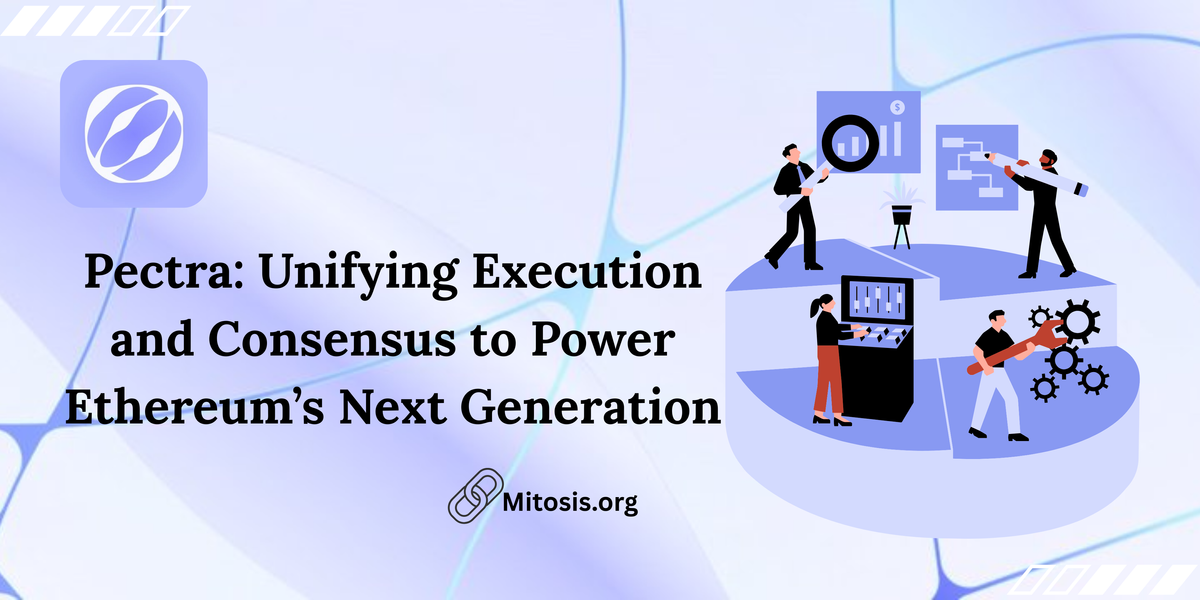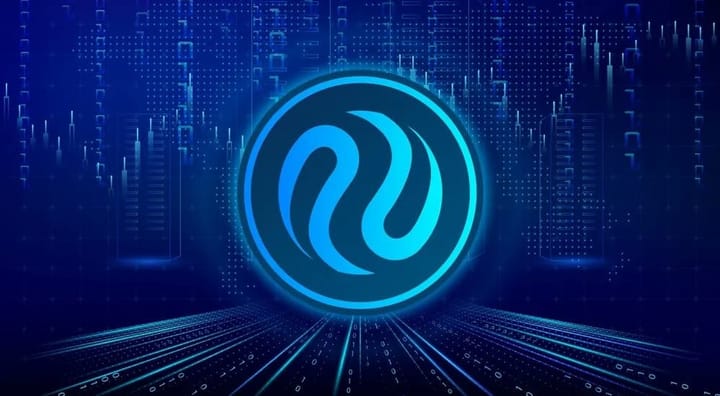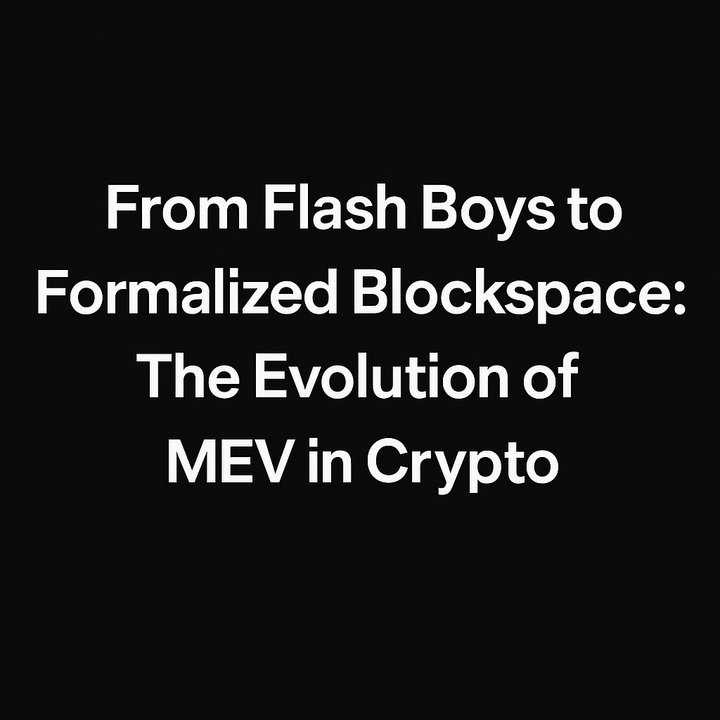Pectra: Unifying Execution and Consensus to Power Ethereum’s Next Generation

The Ethereum Pectra upgrade, set to activate on May 7, 2025, unites the Prague execution hard fork and the Electra consensus improvements into a single, ambitious release that implements 11 EIPs focused on validator flexibility, execution efficiency, and user experience. Developers will gain new precompiles, streamlined account abstraction, and enhanced EVM Object Format (EOF) support for faster contract deployment. Validators see raised stake limits and triggerable exits, improving operational flexibility and safety. Investors may benefit from gas sponsorship and staking yield optimizations, though market responses could be muted as many changes are already priced in. See https://www.coinbase.com/blog/the-ultimate-guide-to-ethereums-pectra-upgrade?
What Is Pectra?
Pectra merges two planned upgrades—Prague and Electra—into one cohesive upgrade, marking Ethereum’s most extensive hard fork since Dencun in March 2024. It bundles 11 EIPs, including the meta-EIP-7692 for EVM Object Format improvements and EIP-7251 to raise the maximum effective balance for validators. Slated for May 7, 2025, Pectra aims to lay the groundwork for future scalability features such as Verkle trees while delivering immediate enhancements to performance, security, and developer ergonomics. See https://cryptoapis.io/blog/302-ethereum-pectra-mainnet-launch-on-may-7-2025-timeline-key-changes-and-preparation?
Impact on Developers
New Precompiles and EVM Object Format
EIP-2537 adds a BLS12-381 precompile for efficient signature verification, accelerating zk-SNARK and consensus logic in smart contracts. EIP-7692 standardizes the EVM Object Format (EOF), enabling smaller, faster contract code and smoother upgrades.
My Analysis: Developers will see reduced gas costs for complex operations and faster deployment times. Mitosis integrators can leverage these improvements in their Matrix Vault smart contracts to reduce execution overhead—see how Matrix Vaults optimize on-chain logic.
Enhanced Account Abstraction
EIP-7702 allows smart contracts to set Externally Owned Account (EOA) code for a single transaction, simplifying gas-sponsored meta-transactions.
My Analysis: This paves the way for more user-friendly dApps with pay-for-you gas models. Mitosis’s future dApp SDKs can integrate sponsored miAsset transactions seamlessly, improving end-user experience—learn about Mitosis SDKs.
Impact on Validators
Increased Stake Flexibility
EIP-7251 raises the maximum effective balance from 32 ETH to 64 ETH per validator, enabling operators to consolidate stakes without running duplicate nodes.
My Analysis: Larger single validators reduce overhead and cloud costs. Mitosis’s EOL model similarly pools large capital efficiently—read more on Ecosystem-Owned Liquidity.
Triggerable Exits and On-Chain Deposits
EIP-7002 introduces execution-layer triggerable exits, letting validators signal voluntary exits from consensus without on-chain proposals. EIP-6110 brings validator deposit data fully on-chain, enhancing transparency and simplifying light-client verification. See https://www.kraken.com/learn/ethereum-pectra-upgrade?
My Analysis: These features reduce liveness risks and strengthen network defenses. Mitosis’s Hyperlane integration highlights how on-chain proofs can secure cross-chain operations—see Hyperlane & Mitosis.
Impact on Investors
Gas Sponsorship and Cost Predictability
With new account abstraction features, dApps can sponsor user gas, potentially lowering barriers for mass adoption.
My Analysis: Investors should watch for dApp usage growth as fee friction decreases. Mitosis’s programmable liquidity can integrate sponsored transactions for vault participants, boosting yield access. See https://cointelegraph.com/news/ethereum-pectra-upgrade-goes-live-next-week-will-eth-price-rally?
Staking Yield and Price Dynamics
EIP-4788 streamlines withdrawal credentials, and raised limits under EIP-7251 may consolidate stake pools, affecting yield rates slightly downward due to efficiency gains. Market analysts expect the ETH price to rally modestly as the upgrade re-energizes sentiment, though much of the upside is likely priced in. See https://www.binance.com/ethereum-upgrade?
My Analysis: Long-term investors gain from lower issuance and improved staking UX. Mitosis’s miETH product can layer additional DeFi yields on top of staking rewards—explore miAssets.
Conclusion
The Pectra upgrade represents a pivotal step in Ethereum’s evolution, balancing immediate execution and consensus improvements with foundational work for future scalability. Developers benefit from faster, more efficient contract tooling; validators gain operational flexibility and enhanced safety; investors see improved staking and UX potential. By aligning with Pectra’s ethos of continuous enhancement, DeFi platforms like Mitosis can further unlock trust-minimized, cross-chain liquidity and on-chain proof capabilities, driving the next era of decentralized finance.
🔗Links:



Comments ()